The story of the 150 mile-long Canal du Midi, a popular waterway for discerning travellers contemplating a barge holiday in France, is an interesting one, revolving around the rocky relationship between the canal and the authorities in Carcassonne who were, at first, very unwilling to get involved at all. Read on for the turbulent history behind the construction of the Canal du Midi…
The Construction of the Canal du Midi
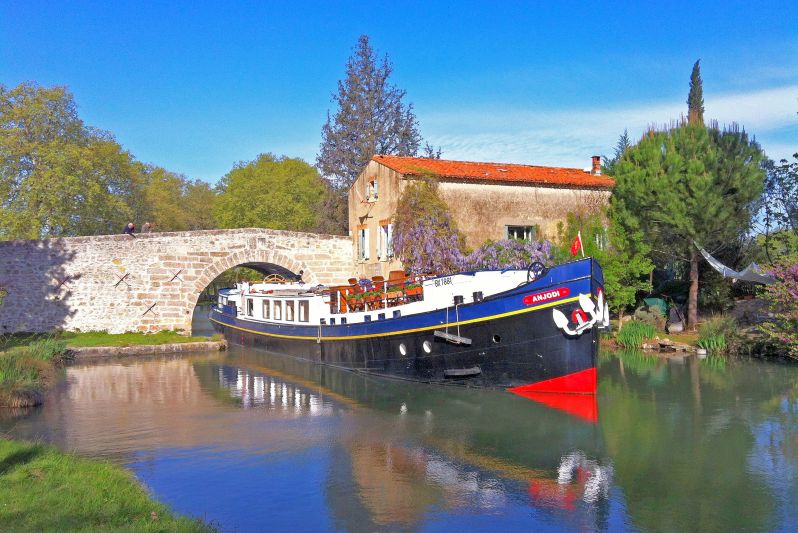
Carcassonne Refuses to Be a Part of the Project
The great engineer Paul Riquet designed the Canal du Midi. Initially, Riquet planned to canalise the Fresquel to make his new waterway, but in the end a ‘straight through’ route was proposed and accepted. The problem with this was that it didn’t run through the city. Riquet negotiated with Justice Mage, but it was decided that the work involved to bring the canal into the city, along with the money this required, was not justified, and so in 1670 the construction of the Canal du Midi was left hanging.
The authorities had no idea of the potential positive impact the canal would have, initially for transport and trade and eventually for lovers of hotel barge holidays, so when finally the canal was completed in 1681, it passed 2 kilometres from Carcassonne.
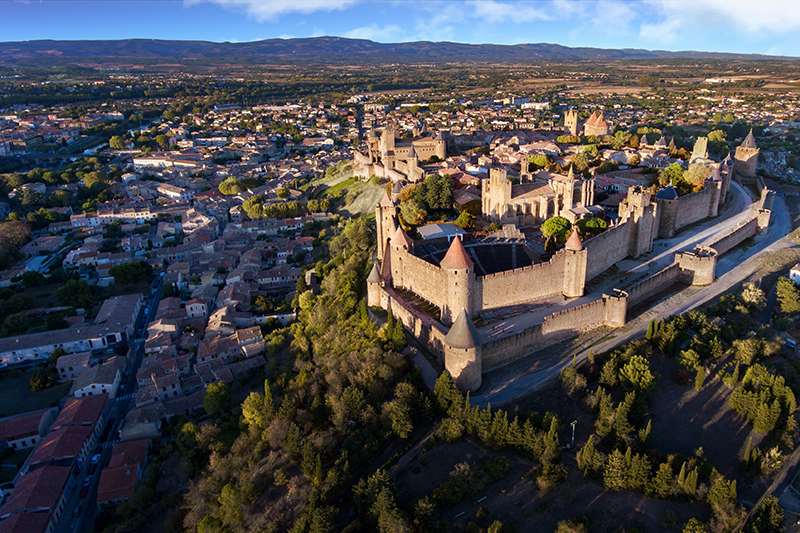
A Big Issue
Not passing through the city was evidently a problem during the construction of the Canal du Midi, particularly where the city’s economy was concerned. It was not about the now thriving hotel barge holidays in those days, but about commerce and trade. In an attempt to rectify the issues, many discussions took place and it was suggested that a secondary link between the city and the canal be excavated.
It wasn’t until 1750 that Louis Pellissier, the city’s main engineer, was commissioned to start the work. Problems ensued and work did not get under way properly until 1786, when the Languedoc authorities took on the project.
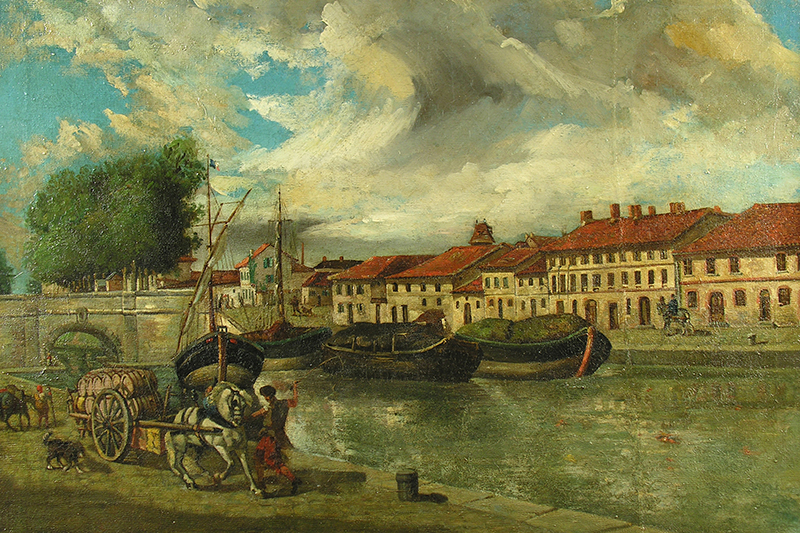
The Port and Urban Transformation
In 1810,the construction of the Canal du Midi was complete, and it was now up and running. Unfortunately things were still not easy and because of where the canal was located, it was subjected to a tumultuous relationship with Carcassonne. Not least was the issue of the port which was due to undergo many alterations – the stages of which can be broken down.
Stage One: 1812
This was the time of huge urban expansion and the canal was key in driving the associated changes. A public square was to be created, as well as other innovations. It was a scheme with great potential, not least because it would create a stronger relationship between the Bastide and the canal.
Stage Two – 1814-1855
Until 1812, the plan remained just a plan, but several of the elements were to be put in place in order to get the port area development started. The public square was finally constructed in 1828, complete with a column and two decorative fountains.
Urban development, however, was again halted in 1830 and the authorities preferred to back the creation of a garden walk along the canal, linking it to the port basin by steps.
Although the authorities seemed to resent the canal, they made sure buildings related to the running of the canal were constructed.
This story of the relationship between the Canal du Midi and Carcassonne is rather a strange one, but the symbiotic relationship prevailed and the physical elements of Carcassonne created in the 1800s are evident in the city to this day.
These days the canal is a huge draw for tourists who come to enjoy wonderful French holidays as well as the magnificent city of Carcassonne.
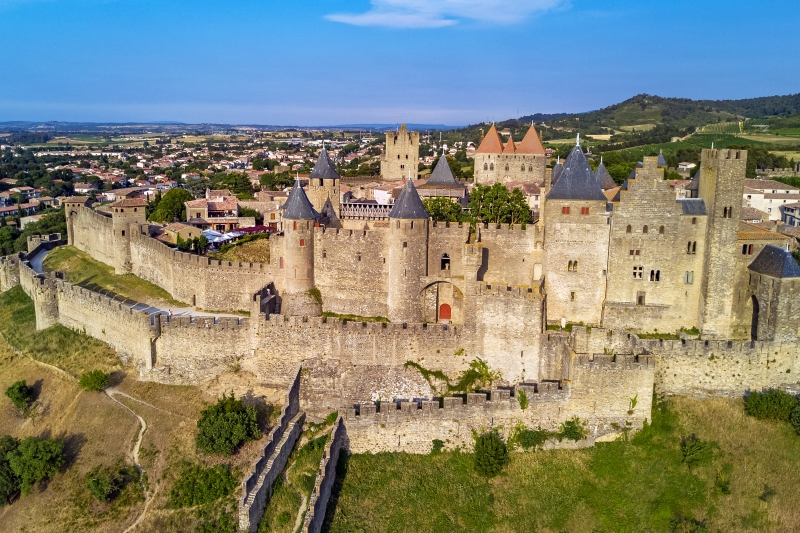
Discover our Canal du Midi Cruises
Guests aboard luxury hotel barges Anjodi, Enchante and Athos cruise the Canal du Midi. For more information on our Canal du Midi cruises and the rest of our collection of luxury hotel barge cruises, why not order a free copy of our brochure today or speak to a member of our team directly using our handy Contact Form.
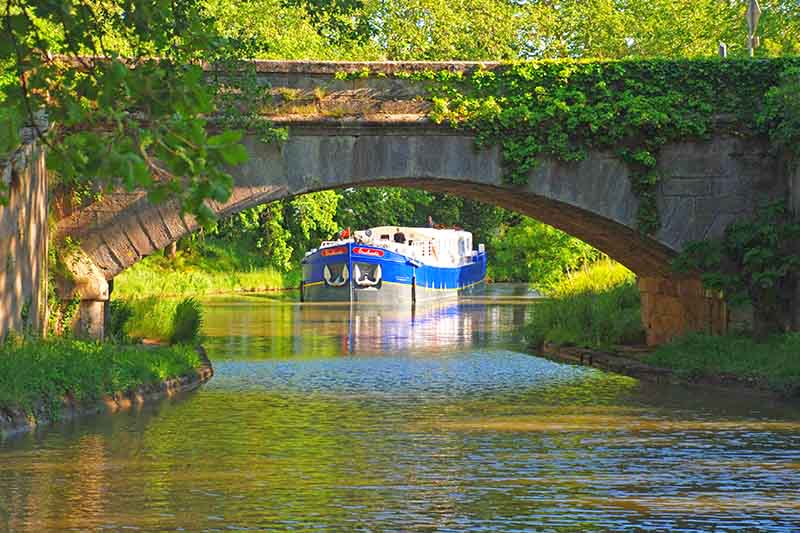
 English
English
 Spanish
Spanish French
French German
German Norwegian
Norwegian Portuguese
Portuguese Swedish
Swedish Italian
Italian Russian
Russian Simplified Chinese
Simplified Chinese Japanese
Japanese

